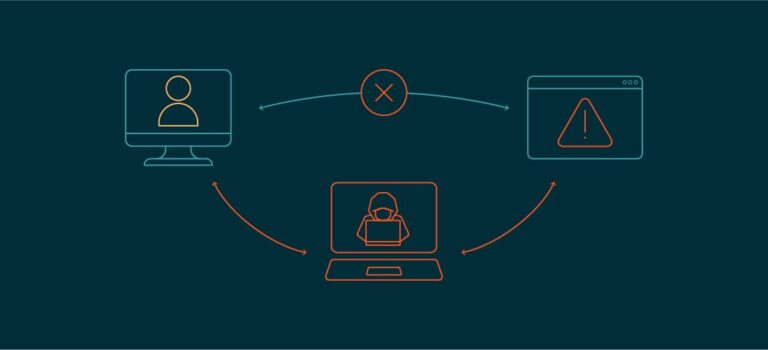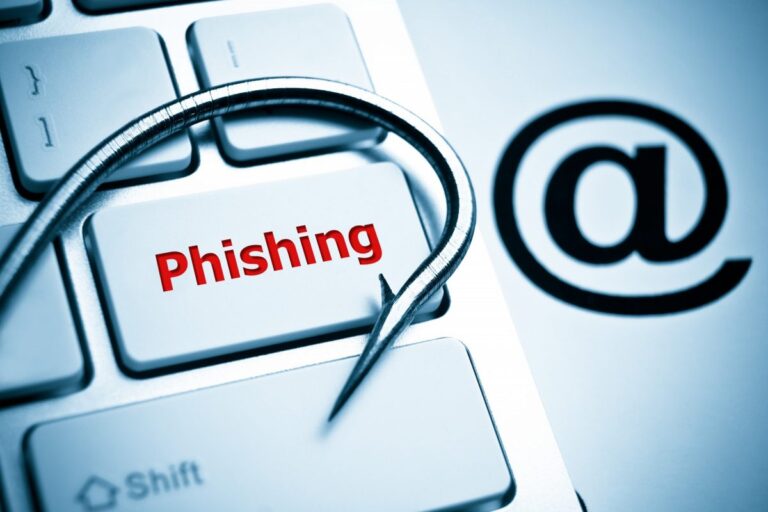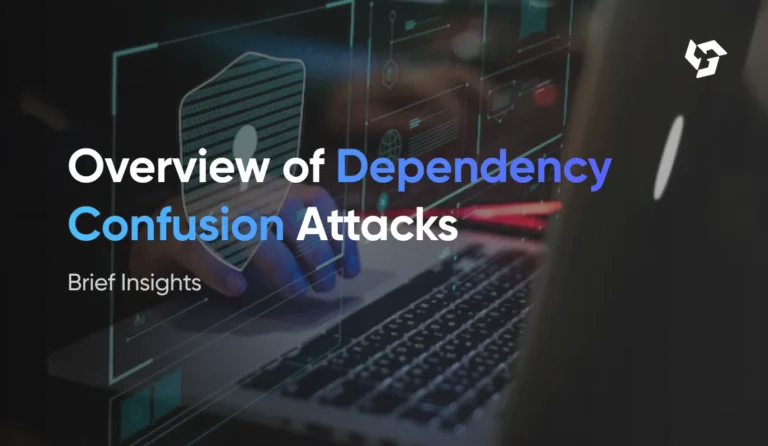Web Cache Poisoning – Manipulating Cache to Serve Malicious Content
Introduction
Web caching is a crucial performance optimization technique used by websites to reduce server load and improve response times. However, when improperly configured, caching mechanisms can be exploited to serve malicious content to users—a technique known as web cache poisoning.
This attack involves manipulating cached responses to distribute harmful payloads, redirect users to phishing sites, or execute cross-site scripting (XSS) attacks. In this comprehensive guide, we’ll explore:
- How web caching works
- The mechanics of cache poisoning
- Real-world attack scenarios
- Detection and prevention techniques
By the end, you’ll understand how to safeguard your applications against cache-based attacks.
Table of Contents
- How Web Caching Works
- What is Web Cache Poisoning?
- How Attackers Exploit Cache Poisoning
- Common Cache Poisoning Techniques
- HTTP Header Injection
- Query Parameter Manipulation
- DOM-Based Cache Poisoning
- Real-World Cache Poisoning Attacks
- How to Detect Cache Poisoning Vulnerabilities
- Preventing Web Cache Poisoning
- Cache Key Sanitization
- Proper Cache-Control Headers
- Input Validation & Output Encoding
- Conclusion
1. How Web Caching Works
Before diving into cache poisoning, it’s essential to understand how web caching functions.
Types of Web Caches
- Browser Cache – Stores static assets (CSS, JS, images) locally on a user’s device.
- Proxy Cache – Intermediate servers (like CDNs) cache content for multiple users.
- Server-Side Cache – Web servers store responses to reduce database load.
How Caching Works
- A user requests a resource (e.g.,
https://example.com/home). - The server checks if a cached version exists.
- If cached, the server returns the stored response; otherwise, it generates a new one.
Caching relies on cache keys—unique identifiers (e.g., URL, headers) to determine if a request matches a stored response.
2. What is Web Cache Poisoning?
Web cache poisoning occurs when an attacker tricks a caching system into storing and serving a malicious response instead of the legitimate one.
Impact of Cache Poisoning
- Stored XSS Attacks – Injecting malicious scripts into cached pages.
- Phishing & Defacement – Serving fake login pages or defaced content.
- Session Hijacking – Manipulating cached sessions to steal user data.
3. How Attackers Exploit Cache Poisoning
Attackers exploit cache poisoning by:
- Identifying Unkeyed Inputs – Finding parameters not included in cache keys (e.g., headers, cookies).
- Injecting Malicious Payloads – Manipulating inputs to alter server responses.
- Forcing Cache Storage – Ensuring the poisoned response is stored and served to other users.
Example Attack Flow
- Attacker sends a request with a malicious
X-Forwarded-Hostheader. - The server includes this header in the response (e.g., generating a malicious script URL).
- The poisoned response gets cached and served to other users.
4. Common Cache Poisoning Techniques
A. HTTP Header Injection
Attackers manipulate headers (X-Forwarded-Host, User-Agent) to alter cached content.
B. Query Parameter Manipulation
Malicious query strings (?payload=<script>alert(1)</script>) can poison caches if not properly keyed.
C. DOM-Based Cache Poisoning
Exploiting client-side caching mechanisms to store malicious JavaScript.
5. Real-World Cache Poisoning Attacks
- 2018: Cloudflare Cache Poisoning – Attackers manipulated HTTP headers to inject malicious responses.
- 2020: Shopify CDN Poisoning – Exploited caching misconfigurations to serve phishing pages.
6. How to Detect Cache Poisoning Vulnerabilities
- Automated Scanning – Use tools like Burp Suite, OWASP ZAP.
- Manual Testing – Check for unkeyed inputs in cached responses.
- Log Analysis – Monitor for unusual cache hits from unexpected headers.
7. Preventing Web Cache Poisoning
A. Cache Key Sanitization
Ensure only safe, deterministic inputs are used in cache keys.
B. Proper Cache-Control Headers
Use:
http
Copy
Download
Cache-Control: no-store, private
to prevent sensitive data caching.
C. Input Validation & Output Encoding
Sanitize all user-supplied inputs to prevent injection.
8. Conclusion
Web cache poisoning is a severe threat that can lead to widespread malware distribution, phishing, and data theft. By understanding caching mechanisms and implementing strict security controls, organizations can mitigate these risks effectively.
Key Takeaways
✅ Always validate and sanitize cache keys.
✅ Use secure Cache-Control directives.
✅ Regularly audit caching configurations.






